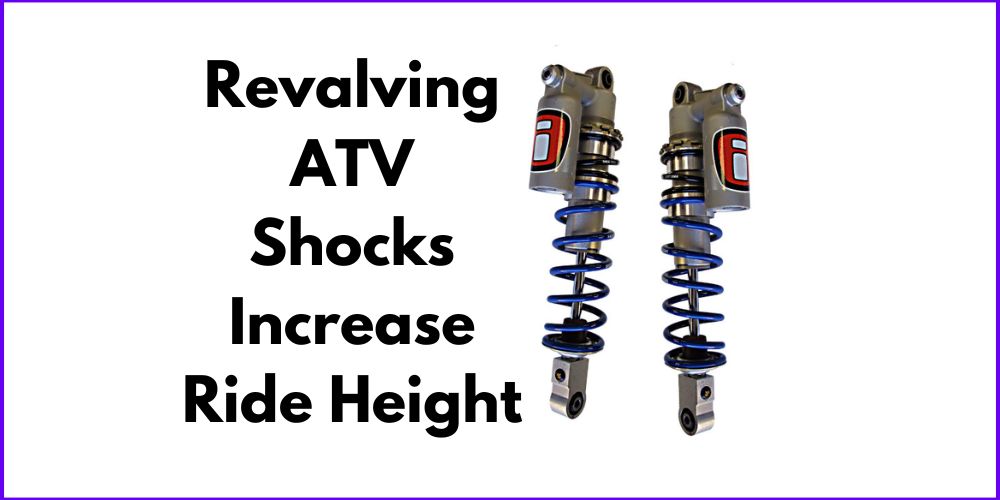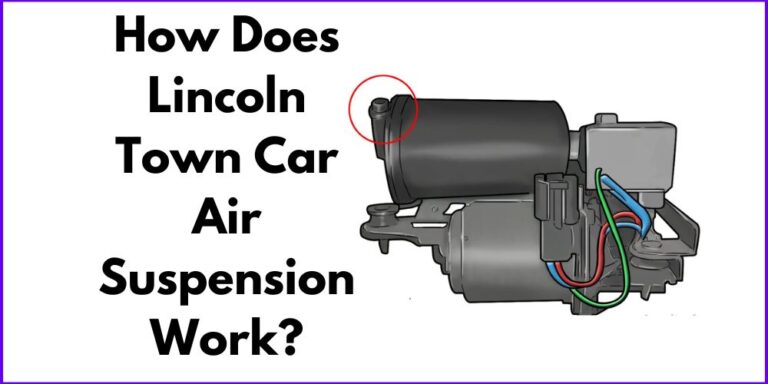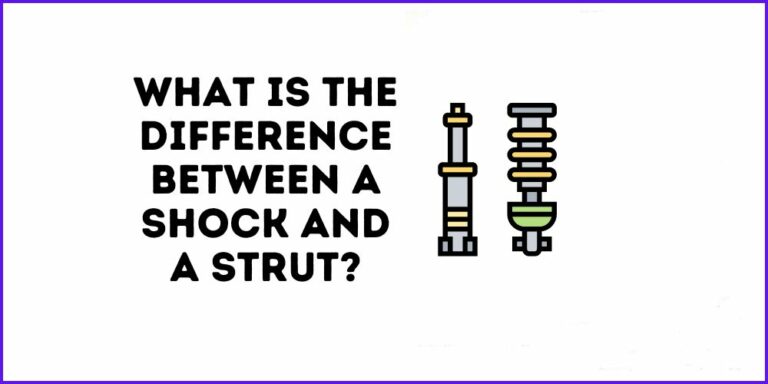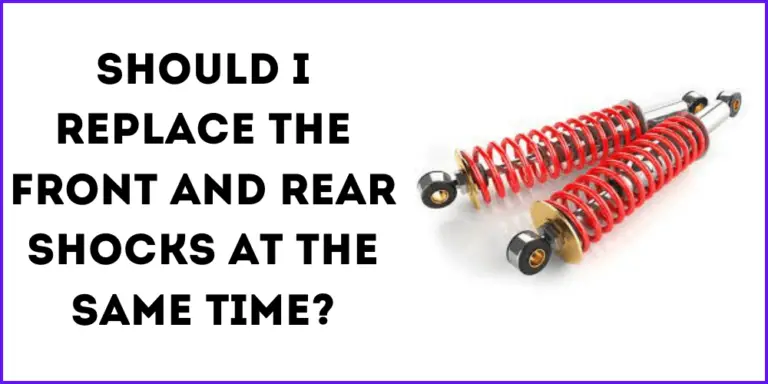ATV riding offers an exhilarating experience, allowing us to conquer challenging terrains and immerse ourselves in the thrill of the great outdoors. The quality of our ride is crucial, and one component that plays a significant role is the ATV shocks. But did you know that revalving ATV shocks could impact the ride height of your ATV? In this blog post, we explore the relationship between revalving shocks and ride height, providing you with insights to make informed decisions about your ATV’s suspension setup. Let’s delve into the fascinating world of ATV suspension tuning and uncover the possibilities of adjusting ride height through revalving.
Can Revalving ATV Shocks Increase Ride Height?
Revalving ATV shocks is a popular method to enhance ride quality and handling. While it can have a minor impact on ride height, its primary focus is improving performance rather than significant height adjustments.
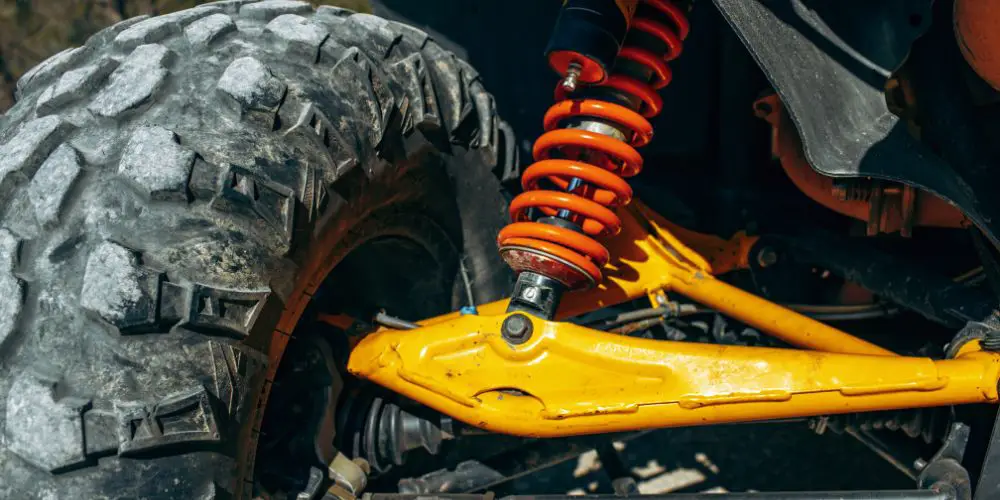
To achieve a well-balanced suspension setup, it’s important to approach revalving for height changes carefully and consult experts. Proper suspension setup is crucial for optimal ATV performance, improving traction, stability, and rider comfort.
Adjusting factors like spring rates, preload settings, and compression/rebound allows you to customize your ATV’s suspension to your preferences. Understanding ATV shocks enables you to optimize performance for a more enjoyable off-road experience.
Revalving ATV Shocks: Enhancing Suspension Performance
Revalving ATV shocks involves modifying the internal valving system to optimize damping characteristics. It improves comfort, traction, and handling by tailoring the suspension to specific needs.
While revalving can indirectly affect ride height by enhancing stability and weight transfer, significant changes usually require adjustments to other components. Consulting professionals is essential for substantial ride height modifications.
Revalving improves suspension performance but should be considered alongside potential trade-offs and limitations. Seek expert guidance for optimal performance and safety.
Impact of Revalving on Ride Height
Revalving ATV shocks and its potential impact on ride height is a topic of interest. Let’s consider arguments for and against revalving’s ability to increase ride height, explore real-world experiences, and discuss potential limitations.
Arguments for Revalving Increasing Ride Height:
- Customized Suspension Setup: Revalving allows for a highly customized suspension setup, potentially leading to a higher ride height.
- Improved Ground Clearance: Higher ride height achieved through revalving can offer increased ground clearance for navigating challenging terrains.
- Enhanced Handling and Stability: Fine-tuning shocks through revalving can improve handling and stability, indirectly contributing to a perceived increase in ride height.
Potential Limitations and Trade-Offs:
- Suspension Stiffness: Adjusting ride height through revalving may result in a stiffer suspension setup, impacting ride comfort.
- Altered Suspension Dynamics: Additional adjustments may be necessary, and professional expertise is advised for optimal results.
- Considerations: It’s essential to find a balance between ride height and overall suspension performance.
However, revalving ATV shocks can potentially increase the ride height, offering benefits like customized setup and improved ground clearance. Real-world experiences highlight the advantages. However, it’s crucial to be aware of limitations such as suspension stiffness and the need for professional assistance. Careful consideration allows riders to make informed decisions regarding revalving shocks for ride height adjustment.
Factors Affecting ATV Ride Height
Ride height is a crucial factor in ATV performance, directly impacting stability, maneuverability, ground clearance, and suspension performance. Several factors influence ride height, including spring rates, preload, and compression/rebound settings.
Spring rates determine the ATV’s height by adjusting the amount of weight it can support, while preload affects the initial compression and height by adjusting tension on the springs. Compression and rebound settings indirectly influence ride height by controlling how the suspension absorbs and releases energy.
These factors interact, requiring a balanced approach to achieve the desired ride height. Understanding their interplay allows riders to optimize ride height based on weight, terrain, and riding style, ultimately enhancing handling and ensuring a safer and more enjoyable ATV experience.
FAQs – Revalving ATV Shocks to Increase Ride Height
How can I make my ATV ride smoother?
To make your ATV ride smoother, take advantage of the tunability of your shocks. Adjusting the compression and rebound settings can help optimize the suspension’s response to bumps and obstacles, resulting in a smoother ride. It’s also essential to ensure your shocks are properly maintained and in good working condition. If you have any specific questions about tuning your ATV’s shocks, don’t hesitate to seek expert advice.
What happens if ATV shocks are too short?
If the extended length of the shock absorber is too short, it can lead to a phenomenon known as “topping out.” Topping out occurs when the piston inside the shock absorber collides with the cylinder head, reducing the available travel of the suspension. This can result in a harsher ride and decreased overall performance. It’s crucial to select shock absorbers that are appropriately sized and compatible with your ATV’s specifications.
How do I increase ground clearance on my ATV?
Increasing ground clearance on your ATV can be achieved through a few different methods. One common approach is to install larger tires, although it’s important to ensure they fit within the wheel-well without causing any damage. Another option is to consider adding longer suspension components or installing a lift kit, both of which can raise the height of your ATV and increase ground clearance. When making modifications to your ATV’s suspension, it’s advisable to consult with experts or experienced riders to ensure proper installation and compatibility.
How do you soften an ATV suspension?
To soften an ATV suspension, you can start by adjusting the preload settings. Preload refers to the tension applied to the springs before the ATV is loaded. Decreasing the preload can help achieve a softer suspension by allowing the springs to compress more easily. Additionally, you can explore adjusting the compression and rebound settings to fine-tune the suspension’s response. It’s important to refer to your ATV’s user manual or seek professional guidance to ensure proper adjustment and avoid compromising the overall stability and performance of your ATV.
Final Thoughts
In conclusion, revalving ATV shocks does not guarantee a significant increase in ride height. While some riders may have experienced a slight adjustment, the primary purpose of revalving is to improve suspension performance rather than focus solely on ride height.
It is crucial to consider individual needs and consult experts when considering any modifications to the ATV’s suspension system.
Exploring alternative methods such as adjusting preload or installing aftermarket components is also recommended. Ultimately, seeking professional guidance will ensure informed decisions for optimizing ride height and overall ATV performance.

